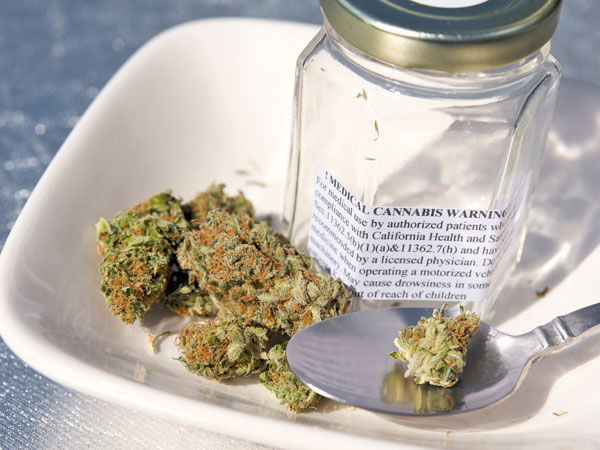iStock
In another field, a professor of economics discussed the economics
of the drug trade and how it changes teen lives. While a professor of
public policy spoke on how to keep marijuana out of the hands of minors
now that it is legal in many places. I would interpret these experts to
say that it will be easier to regulate marijuana as a legal product than
when it was under prohibition. Also, if marijuana is legal, fewer
adolescents would end up with criminal records. By the way, I do not use
recreational drugs.
Although I drink alcohol, I have not been drunk or even legally tipsy since freshman year of college, so personally I am against marijuana usage.
But what interests me in all this (and this will show I am a super nerd) is the mathematics of showing what is “good medicine” and what is “bad medicine” when it comes to using marijuana for medication. Several published accounts of using marijuana in uncontrollable seizures say that the seizures stopped or improved with the cannabidiol oils derived from the plant.
But they are both very small samples (just one patient in a few cases) and they are what statisticians call “uncontrolled” studies. Good and bad events can happen by chance. Something that only happens by chance once in 20 tries will probably happen if you try 20 times. That is why a good doctor never believes the first report of really good results of a medical treatment. Three or four studies all with similar results are more likely to be trusted.
Along the same lines, if one only looks at treated subjects without looking at what would happen to those who had no treatment – one would greatly overestimate the effects of treatment because some people will get better, or at least not get worse, by themselves.
Studies are taking place such as one at The Children's Hospital of Philadelphia which is looking at treating severe childhood epilesy using a marijuana-based treatment, but there are challenges to conducting research.
It is classifed as a Schedule 1 drug by DEA and it can be difficult to get permission to test. Also, marijuana is actually many psychoactive chemicals and we do not know which ones to test, and getting equivalent material has been very difficult in the past
Over the next few weeks I will go over the “math” of medicine or evidence-based medicine and, I hope, make you a much better consumer of medical information.
Although I drink alcohol, I have not been drunk or even legally tipsy since freshman year of college, so personally I am against marijuana usage.
But what interests me in all this (and this will show I am a super nerd) is the mathematics of showing what is “good medicine” and what is “bad medicine” when it comes to using marijuana for medication. Several published accounts of using marijuana in uncontrollable seizures say that the seizures stopped or improved with the cannabidiol oils derived from the plant.
But they are both very small samples (just one patient in a few cases) and they are what statisticians call “uncontrolled” studies. Good and bad events can happen by chance. Something that only happens by chance once in 20 tries will probably happen if you try 20 times. That is why a good doctor never believes the first report of really good results of a medical treatment. Three or four studies all with similar results are more likely to be trusted.
Along the same lines, if one only looks at treated subjects without looking at what would happen to those who had no treatment – one would greatly overestimate the effects of treatment because some people will get better, or at least not get worse, by themselves.
Studies are taking place such as one at The Children's Hospital of Philadelphia which is looking at treating severe childhood epilesy using a marijuana-based treatment, but there are challenges to conducting research.
It is classifed as a Schedule 1 drug by DEA and it can be difficult to get permission to test. Also, marijuana is actually many psychoactive chemicals and we do not know which ones to test, and getting equivalent material has been very difficult in the past
Over the next few weeks I will go over the “math” of medicine or evidence-based medicine and, I hope, make you a much better consumer of medical information.


No comments:
Post a Comment